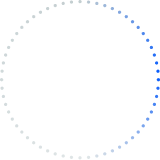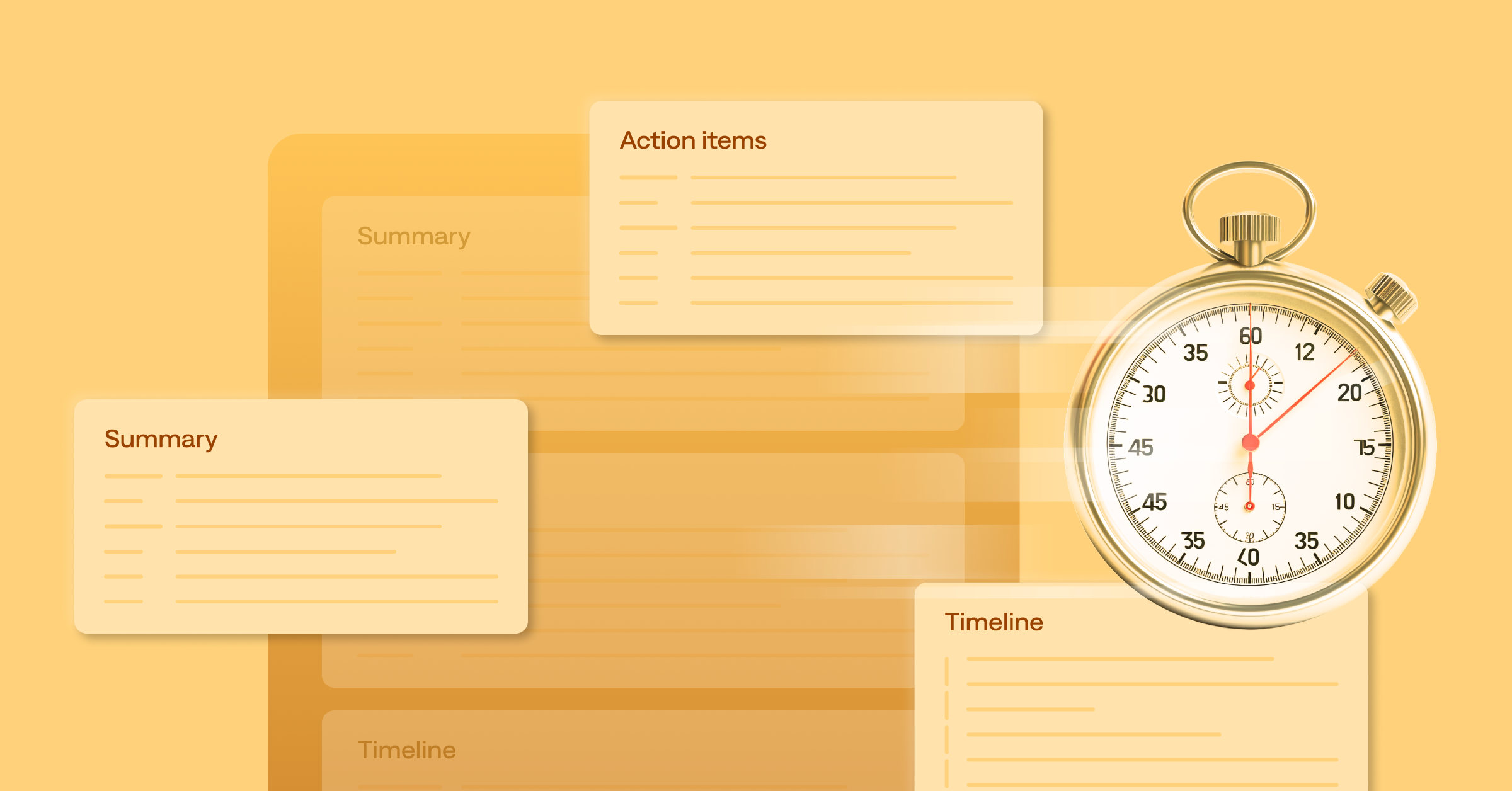1
What is data aggregation?
Data aggregation includes systematically collecting, transforming, and summarizing raw data from multiple sources. A clear and consistent view helps IT operation teams analyze large amounts of data. This allows them to find patterns and gain useful insights for better decision-making. In our case, it’s all about enhancing incident management.
An example of a data aggregation process: Suppose your organization has multiple data centers. You can collect logs from servers, network devices, and applications using a data-aggregation tool. Your data analysts can analyze the information to monitor system performance and detect anomalies. If the server in Cincinnati often has high CPU usage, you should check the combined data. This can help you find patterns. It may also help you identify possible causes.
2
Six ways data aggregation helps ITOps
Data aggregation provides a comprehensive view of the IT infrastructure, helping teams address incidents more effectively and efficiently. In addition, it enables teams to:
- Increase visibility and situational awareness. Aggregating data enhances the visibility of the entire IT environment, including a holistic view of system performance, security status, and network health. Predictive analytics can identify potential issues before they escalate.
- Enhance incident detection and root cause analysis. Data aggregation improves incident detection by correlating seemingly unrelated events. Comprehensive datasets support deeper analysis to understand the full incident context and identify root causes.
- Streamline response and resolution. Consolidating all relevant data helps automate incident response. Easier access to critical information reduces time-consuming data collection tasks and speeds up issue resolution.
- Improve response, efficiency, and productivity. Aggregated data allows faster response to incidents and anomalies. This efficiency both boosts productivity and ensures smoother IT operations with minimal downtime.
- Proactive IT incident management and better decision-making: ITOps can use data analytics to improve their approach. Instead of just reacting to problems, they can focus on preventing them. Early detection of trends and potential issues enables preventive measures, reducing the likelihood of critical incidents and downtime. Data-driven insights enhance strategic decision-making, improving overall system stability.
- Optimize resource and operational costs. Reduce spending on unnecessary hardware, software, and other operational aspects. Aggregated data provides insight into identifying under- or over-utilized tools. Efficient resource and data management support the sustainability and scalability of your IT operations over time.
3
How the data aggregation process works
Step 1. Collect
Data aggregation begins by collecting data from various sources, such as databases, monitoring tools, sensors, logs, and APIs. The data provides valuable insight into the IT environment, including network performance, system status, and application behavior.
Each source contributes unique data points, offering a comprehensive view of overall ITOps. Collection tools ensure a continuous data flow for analysis in real-time or at scheduled intervals. Using strong collection systems and aggregation methods can handle different data types and amounts. This helps you capture all important information without losing or damaging it.
Step 2. Normalize and transform
Standardizing data formats and structures is crucial for consistency. Raw data often comes in formats that may be incomplete or inaccurate. Normalization improves data quality by cleaning, organizing, removing duplicates, and resolving inconsistencies. Transformation then converts this cleaned data into a usable format suitable for analysis. These processes allow you to compare and combine data seamlessly, regardless of source.
Topology plays a crucial role by determining the flow of data through an IT infrastructure. By mapping the network layout, you can place data collection points wisely. This helps capture important data and ensures full coverage across the system.
Step 3. Process
Use sophisticated tools and algorithms to process data and derive valuable insights. Preparing the data for analysis means removing irrelevant information. It also involves sorting the data according to specific criteria. Finally, we summarize the data to keep important details while reducing its size. These can include statistical analysis, machine learning, or other data mining techniques that identify trends, correlations, and patterns.
Data aggregation processing retains only meaningful data for further analysis, making the aggregation process more efficient and manageable. Storage solutions like databases, data warehouses, and data lakes need to be scalable and efficient. They must handle the large amount of collected data.
Step 4. Integrate and analyze
Aggregated data is integrated and analyzed to identify insights and patterns. This involves analysis across different data sources to identify relationships and dependencies. Pattern recognition can detect anomalies, trends, and recurring issues within the data.
Step 5. Report
Access aggregated data using dashboards, reports, and visualizations. An effective presentation makes data easily understandable and actionable. Dashboards provide an organized display of metrics and KPIs, enabling an instant perspective of IT system health and performance. Use graphs, charts, and other visual tools to show complex information clearly. This helps stakeholders understand important insights and make smart decisions quickly.
Visualization tools also enable interactive data exploration, providing deeper insights through drill-down capabilities and real-time updates.
4
Integrate data aggregation with IT incident management
Enhance the ability to detect, respond to, and resolve IT issues. Use integration to streamline operations and facilitate proactive incident management.
Centralized alert management and event correlation
Data aggregation also improves IT alert management. Bringing alerts from various sources, such as logs and sensors, into one platform is helpful. It provides a clear view of the IT environment. Event correlation can identify patterns and relationships, helping distinguish isolated incidents from broader systemic issues. This centralized approach streamlines alert handling to reduce the chance of alerts being overlooked or lost in the noise.
Automated incident creation and enrichment
Data aggregation supports automation by providing a comprehensive dataset that triggers incident-creation workflows based on predefined thresholds or anomalies. The aggregated data enriches incident records with contextual information like historical data, system configurations, and relevant metrics. Context ensures that you have a complete understanding of the incident’s nature and scope from the start.
Incident prioritization and triage
Easily assess incident severity and impact using aggregated data and real-time analysis based on criteria like business criticality, user experience, and service dependencies. Use automated algorithms or manual rules to promptly address critical issues and prioritize less urgent ones. Prioritization streamlines incident triage, supporting more effective resource allocation.
Intelligent alert suppression and noise reduction
Identify normal behavior patterns and detect abnormal events with aggregated data. With smart alert suppression, analysis removes unnecessary or low-priority alerts. This reduces noise and helps teams focus on critical alerts. Additionally, ML algorithms can adjust alert thresholds based on historical data, further refining alerting and improving efficiency.
5
Aggregate data for systemwide insights
Use BigPanda AIOps to aggregate system data for better insights. The Real-time Topology Mesh component gives you a complete model of your IT stack. It combines data from many sources into one full-stack view.
By ingesting data from configuration, cloud, and other management tools, BigPanda enables multisource topology aggregation. This approach helps identify connections by visualizing patterns across complex environments to expedite understanding of incident impact. BigPanda topology-driven correlation matches monitoring alerts to the real-time topology model, ensuring accurate and actionable correlations.
BigPanda also speeds up root-cause analysis using contextual and change data. It matches alerts from various sources with change data. This helps find and fix changes that cause incidents. It ensures good incident management in hybrid-cloud setups and use cases.
Next steps
Explore the BigPanda platform or take a self-guided tour.
See how BigPanda customers, including the New York Stock Exchange and Autodesk, benefit from BigPanda.




